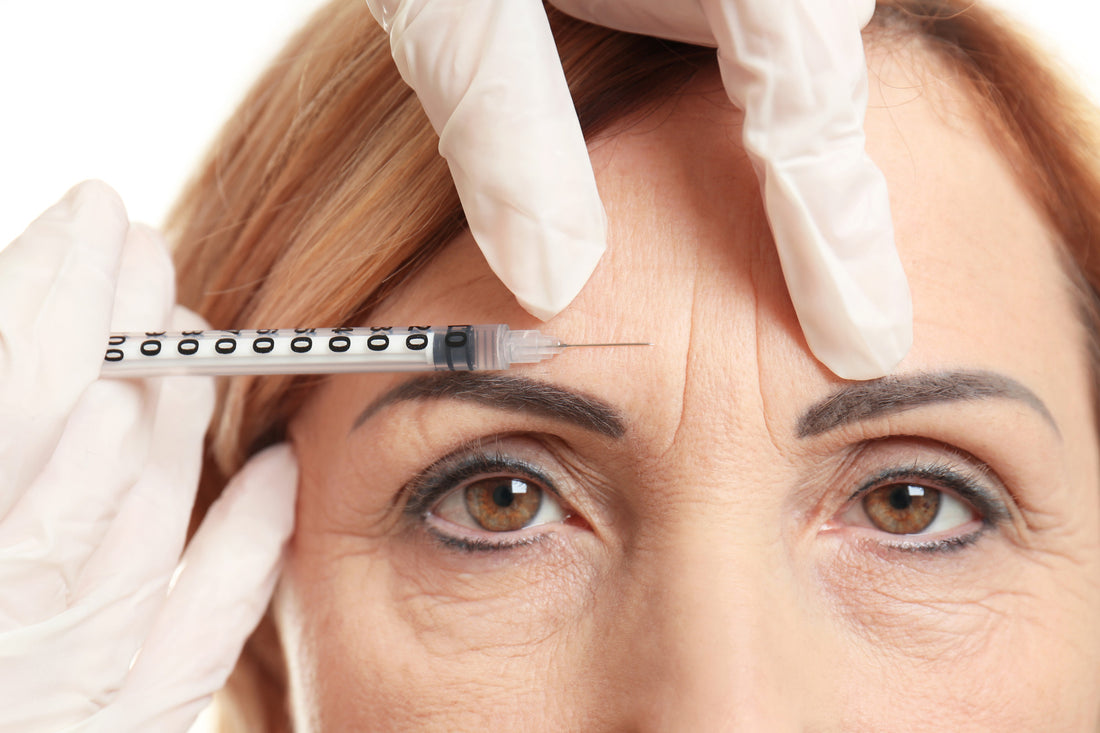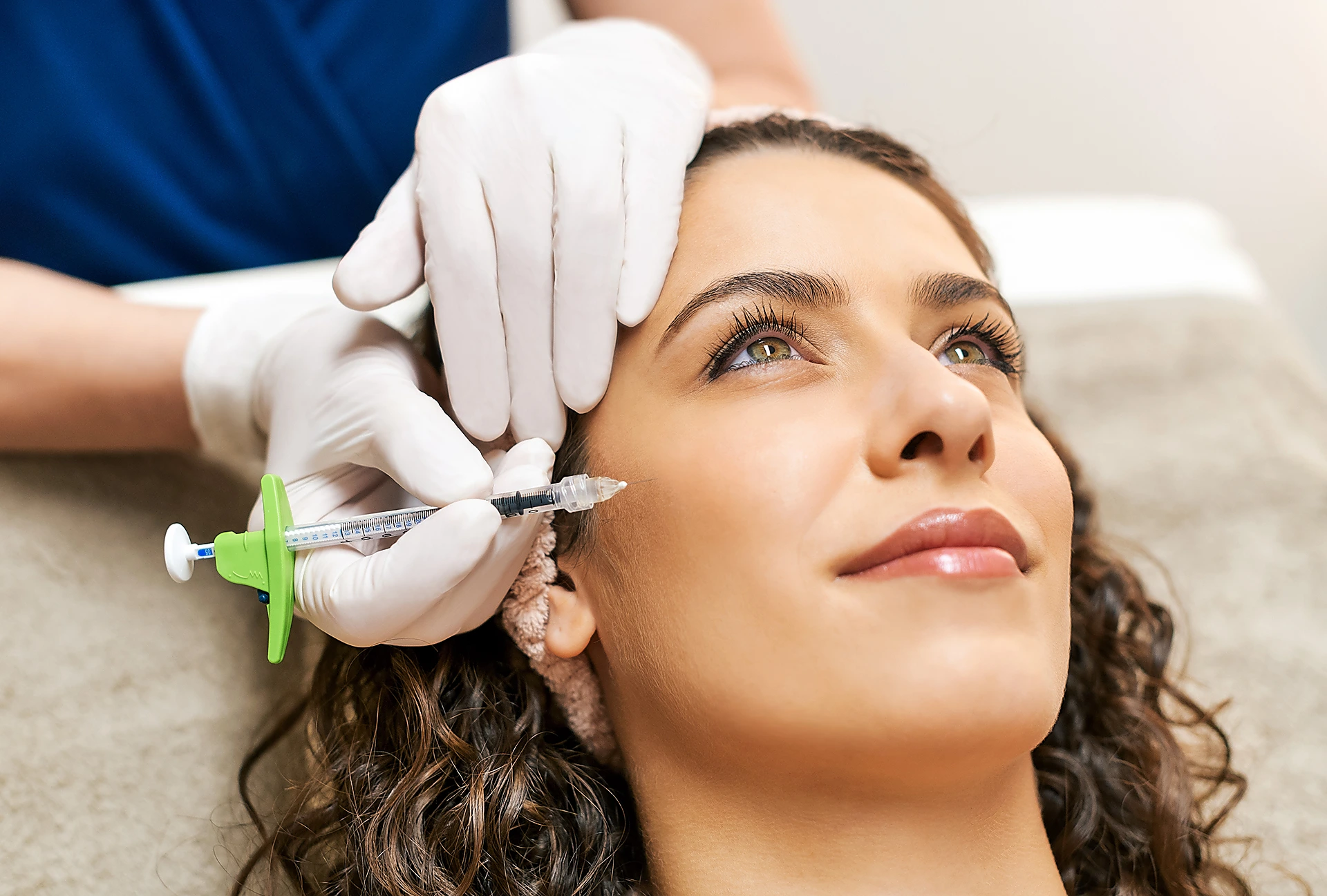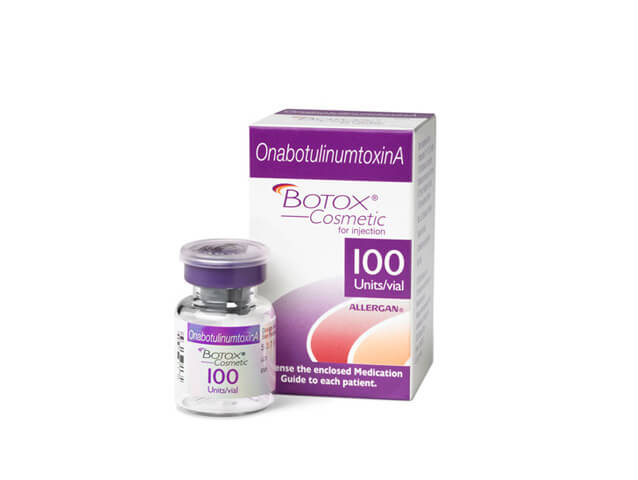Botox cost, the popular neurotoxin injectable, has become a staple in the aesthetic industry, offering a non-surgical solution for a variety of cosmetic concerns. As the demand for these treatments continues to grow, it is essential for practitioners and consumers to understand the intricacies of Botox pricing, particularly the wholesale cost per unit. This comprehensive article delves into the factors that influence Botox pricing, the importance of understanding wholesale costs, and the strategies employed by providers to ensure a sustainable and profitable business model.
Table of Contents
ToggleThe Importance of Pricing in the Aesthetic Industry

The aesthetic industry, which encompasses procedures like Botox, dermal fillers, and other non-invasive treatments, is a highly competitive market. Pricing is a crucial factor that can significantly impact the success and viability of a practitioner’s practice. Patients often research and compare prices across various providers, making it essential for practitioners to have a firm grasp on the wholesale costs of Botox and other injectable treatments.
Factors Influencing Botox Prices
The price of Botox cost can be influenced by a variety of factors, including the manufacturer, the region, the volume of the purchase, and the specific needs of the practitioner. Understanding these factors is crucial in determining the appropriate wholesale cost per unit and ensuring a profitable pricing strategy.
Comparisons Between Retail and Wholesale Pricing
The retail price of Botox, which is the price charged to the patient, is typically higher than the wholesale cost per unit. This difference accounts for the practitioner’s overhead, labor, and profit margins. By understanding the wholesale cost per unit, practitioners can make informed decisions about their retail pricing and ensure that their business remains financially viable.
What is Botox Cost Per Unit?

Botox Cost Per Unit refers to the price paid by a practitioner or provider for a single unit of Botox. This measurement is essential in understanding the overall cost of providing Botox treatments and developing a competitive pricing strategy.
Definition of Cost Per Unit
The cost per unit of Botox is the price paid by the practitioner for a single unit of the neurotoxin. This cost can vary depending on the supplier, the volume of the purchase, and other factors. Understanding the cost per unit is crucial in determining the overall profitability of Botox treatments.
Typical Unit Measurements for Botox
Botox is typically sold in vials, with each vial containing a specific number of units. The most common vial size is 100 units, but Botox can also be purchased in smaller 50-unit vials. Practitioners must be familiar with the unit measurements to accurately calculate their wholesale costs and pricing.
Determining Wholesale Costs of Botox

Obtaining Botox at the wholesale level is a critical step in ensuring a profitable and sustainable Botox practice. Practitioners must research and evaluate various suppliers to find the best wholesale pricing that aligns with their business needs.
Common Wholesale Suppliers
The primary sources for wholesale Botox purchases are the manufacturer, Allergan, as well as authorized distributors and resellers. Practitioners must carefully vet these suppliers to ensure they are purchasing authentic Botox and complying with all legal and regulatory requirements.
Bulk Purchase Considerations
When purchasing Botox cost at the wholesale level, practitioners must consider the impact of bulk purchases on the cost per unit. Larger orders may qualify for volume-based discounts, allowing practitioners to reduce their overall Botox expenses and improve their profit margins.
Average Wholesale Costs of Botox

The wholesale cost of Botox can vary depending on a variety of factors, including the supplier, the region, and the volume of the purchase. Understanding the typical price ranges from major suppliers is crucial in developing a competitive and sustainable pricing strategy.
Price Ranges from Major Suppliers
The wholesale cost of Botox can range from approximately $3 to $6 per unit, depending on the supplier and the volume of the purchase. Practitioners must research and compare prices from multiple suppliers to ensure they are getting the best deal.
Comparison with Market Rates
When determining the wholesale cost of Botox, practitioners should also consider the market rates for Botox treatments in their local area. This can help them establish a pricing strategy that is both competitive and profitable.
Factors Affecting Wholesale Botox Pricing

The wholesale cost of Botox can be influenced by a variety of factors, including supplier negotiations, changes in manufacturing costs, and regional variations in pricing. Practitioners must be aware of these factors to ensure they are making informed decisions about their Botox purchases.
Supplier Negotiation and Contracts
Practitioners can often negotiate with Botox cost suppliers to secure more favorable pricing, especially when purchasing in larger quantities. Additionally, the terms of the supplier contract, such as minimum order quantities and exclusivity agreements, can impact the overall cost per unit.
Changes in Manufacturing Costs
The wholesale cost of Botox can also be affected by changes in the manufacturer’s production and distribution costs. Practitioners must stay informed about any industry-wide price adjustments to ensure they are maintaining a competitive and sustainable pricing strategy.
Regional Variations in Pricing
The cost of Botox can vary significantly based on the region in which the practitioner is located. Factors such as local competition, market demand, and regulatory requirements can all influence the wholesale pricing of Botox in different geographic areas.
Pricing Strategies for Botox Providers

Developing an effective pricing strategy for Botox treatments is crucial for the success and profitability of a practitioner’s practice. By understanding the wholesale cost per unit and other factors, practitioners can create a pricing model that is both competitive and sustainable.
Setting Competitive Prices
Practitioners must carefully consider the wholesale cost per unit, their overhead expenses, and the local market rates when setting the retail price for Botox treatments. Striking the right balance between affordability and profitability is essential for attracting and retaining patients.
Impact of Supply Chain on Pricing
The supply chain, including the sourcing, storage, and distribution of Botox, can also impact the pricing strategy. Practitioners must ensure that their supply chain is efficient and cost-effective to maintain a competitive edge in the market.
Cost Per Unit vs. Total Treatment Costs

While the cost per unit of Botox is a critical factor in pricing, practitioners must also consider the total treatment costs, which include additional expenses beyond the wholesale price of the product.
Understanding Treatment Packages
Many practitioners offer Botox cost treatments as part of a larger package or service, which may include complementary procedures or aftercare. Practitioners must consider the overall cost of these treatment packages when determining their pricing strategy.
Hidden Costs in Treatments
In addition to the wholesale cost of Botox, practitioners must account for other expenses, such as staff labor, facility overhead, and marketing costs. These hidden costs can significantly impact the overall profitability of Botox treatments and must be factored into the pricing strategy.
Financial Considerations for Practitioners

Effectively managing the financial aspects of a Botox practice is crucial for long-term success. Practitioners must carefully budget for Botox inventory and calculate the return on investment (ROI) to ensure their pricing strategies are sustainable.
Budgeting for Botox Inventory
Practitioners must allocate appropriate funds in their budget to purchase Botox cost at the wholesale level. This includes forecasting demand, managing inventory levels, and ensuring sufficient cash flow to maintain a consistent supply of the product.
Return on Investment Calculations
Calculating the ROI for Botox treatments is essential for practitioners to understand the profitability of their practice. This analysis should consider the wholesale cost per unit, the retail price, and the overall treatment costs to determine the net profit generated from Botox procedures.
Legal and Regulatory Aspects of Botox Pricing

Practitioners must be aware of the legal and regulatory requirements that govern the pricing and distribution of Botox. Compliance with these guidelines is essential for maintaining a ethical and sustainable Botox practice.
Compliance with State Regulations
Each state may have specific regulations and guidelines regarding the pricing and sale of Botox. Practitioners must familiarize themselves with these requirements and ensure that their pricing strategies and business practices are in compliance.
Ethical Pricing Practices
In addition to legal compliance, practitioners must also consider the ethical implications of their Botox pricing. This includes ensuring that their prices are transparent, fair, and aligned with the value they provide to their patients.
Consumer Awareness and Education
As the demand for Botox treatments continues to grow, it is essential for practitioners to educate their patients on the factors that influence the cost of these procedures. By providing transparency and educating consumers, practitioners can build trust and maintain a loyal patient base.
Understanding Value Beyond Price
Patients often focus on the price of Botox treatments, but practitioners must also emphasize the value they provide beyond the cost per unit. This includes factors such as their expertise, the quality of their products, and the overall patient experience.
Factors to Consider When Choosing a Provider
When selecting a Botox provider, patients should consider factors beyond just the price per unit, such as the provider’s credentials, the safety and quality of their products, and the overall patient satisfaction rating. Educating patients on these important considerations can help them make informed decisions and build long-term relationships with their providers.
Conclusion
Navigating the complexities of Botox pricing, particularly the wholesale cost per unit, is essential for practitioners in the aesthetic industry. By understanding the factors that influence Botox pricing, developing effective pricing strategies, and educating consumers, practitioners can create a sustainable and profitable Botox practice. As the demand for Botox continues to grow, staying informed and adaptable in this dynamic market will be key to the long-term success of any aesthetic practice.
Contact us via other platforms if you have any questions or requests that need to be answered quickly.
Tiktok: www.tiktok.com/@lunabeautyacademy6
Hotline: 034 254 0228
Email: lunabeautyacademy@gmail.com
Address: No. 29, Alley 140/1/2, Lane 140 Nguyen Xien, Thanh Xuan, Hanoi
Luna wishes you success and hopes you will have the best experiences at the academy. If you need advice or answers about anything, please leave your Contact Information With Us, the Luna team will contact you soon. Thank you for reading this article


















